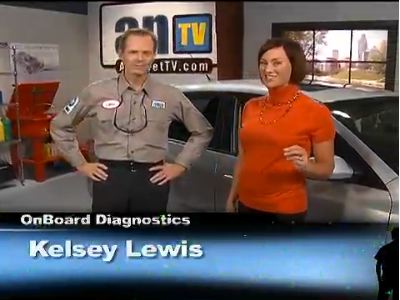To Fix or Not To Fix (Tire Repair)
You know that sinking feeling when you realize one of your tires has a problem. It may be making an odd noise or behaving oddly when you’re driving. You may hit a pothole or curb and one suddenly goes flat. Or you may head back to your vehicle and discover it has one tire deflated without a clue of what must have happened to it.
With a lot of different tires hitting the streets these days, the issue of whether to have a tire repaired or replaced can be tricky, and we strongly recommend you have a trained technician help you make that decision.
One of the most common causes of flat tires is picking up a screw or nail in the tread area. Many of those can be patched and plugged if the puncture isn’t more than ¼ inch/6 mm in diameter. Most tires can handle two of this type of repair, but any more and you should buy a new tire.
If there’s a puncture or bulge in the sidewall or shoulder, the rule of thumb is it’s not repairable. The sidewall doesn’t have the reinforcements that the tread area does. In fact, any puncture that’s more than a ½ inch/12 mm away from the edge of the tread should not be fixed.
Many newer vehicles have no spare tires (to save weight and fuel) and instead have a type of tire called “run-flat.” Sometimes, the only way you know they’re deflated is when the tire pressure monitor alerts the driver. Driving on them more than 50 miles/80km can render them un-repairable. They may be fixable if you pulled off to the side of the road before driving on them too long. Our technicians can evaluate whether they can be driven further or should be replaced.
Other vehicles with no spare include a can of tire sealant and a compressor. If you use it, tire experts say to have the tire professionally repaired as soon as possible.
If you have had a flat tire, try not to drive on it unless it’s necessary to get your vehicle away from a dangerous situation. Our technicians can evaluate any tire you may be having problems with and recommend whether repair or replacement is the best option. Your safety is riding on your tires.
Tylers Auto TV
12485 SW MAIN ST
TIGARD, OR 97223
(503) 639-5588
http://www.tylersautomotive.com
